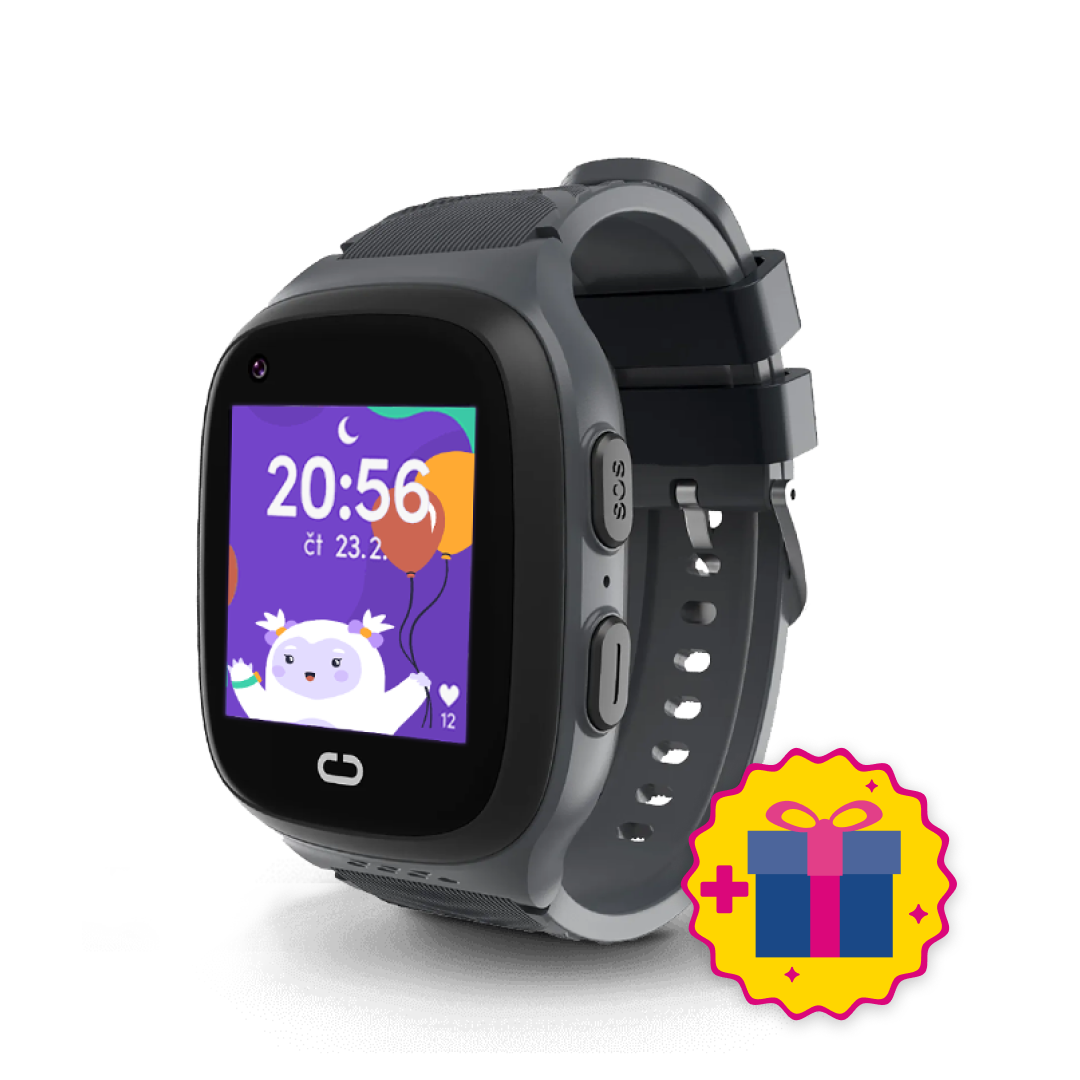Wi-Fi localization is an innovative method that uses common Wi-Fi signals to determine the location of people and objects indoors. Although it may seem complicated, it works as simply as using Wi-Fi on your phone or computer. At smartwatches KLOKI This technology is key for tracking children's locations even in areas where GPS signals are not available, such as inside buildings.
How does Wi-Fi localization work?
Wi-Fi localization works with existing infrastructure of Wi-Fi networks - that is, with routers and access points that are distributed throughout the buildings. Children's Smart Watch KLOKI capture signals from these devices, which are then analyzed and converted into accurate information about your child's location.
Wi-Fi localization methods
There are several methods that allow for location determination using Wi-Fi signals:
-
RSSI Multilateration
This method measures the strength of the received signal (RSSI) from several access points and determines the location by comparing the distances from these points. -
Fingerprinting
Compares received Wi-Fi signals with a database of known "fingerprints" of signals in specific locations of the building. This "fingerprint" is unique to each location and allows for very accurate positioning. -
Time-of-Flight (ToF)
This method measures the time it takes for the signal to travel from the watch to the access point and back, providing more accurate information about distance and location. -
Úhel příjezdu (AoA)
It measures the angle at which the Wi-Fi signal arrives at the access point, thereby helping to determine the location of the watch within the building.
Why choose Wi-Fi localization?
Wi-Fi localization offers a number of advantages, especially for parents who want to keep track of where their child is, even indoors:
-
Utilization of existing infrastructure
Most buildings are already covered by Wi-Fi signals, which means that no additional investments in special equipment are needed to utilize Wi-Fi localization. -
Wide availability
Most modern devices, including smartwatch KLOKI, it has a built-in Wi-Fi receiver, which allows for easy tracking of location. -
Flexibility
Wi-Fi localization can be used for various purposes, from tracking children indoors to navigation in shopping malls or schools.
Examples of Wi-Fi localization usage
Wi-Fi localization is a versatile technology that finds application in many areas:
-
Child Tracking
Using smartwatch KLOKI you can accurately determine where your child is located even inside buildings such as schools, houses, or shopping centers. -
Navigation in buildings
Watches can help children navigate large and complex spaces, which is especially useful in schools, sports halls, or shopping centers. -
Security application
Wi-Fi localization can be used to monitor unauthorized movement of devices in sensitive areas, contributing to their protection.
How accurate is Wi-Fi localization?
The accuracy of Wi-Fi localization typically ranges around 10 meters, which is sufficient for most indoor applications. Advanced methods, such as ToF or AoA, they can achieve even higher accuracy.
The Future of Wi-Fi Localization
With the advent of new technologies, such as Wi-Fi 6, it is expected that Wi-Fi localization will be even more accurate and reliable. This opens up possibilities for even broader use of this technology in everyday life, whether it is for security, tracking children, or improving navigation in buildings.
I want KLOKI watches for my child
I want to know more about the calling feature and subscriptions
A lens? A new Velcro strap? That would come in handy!



